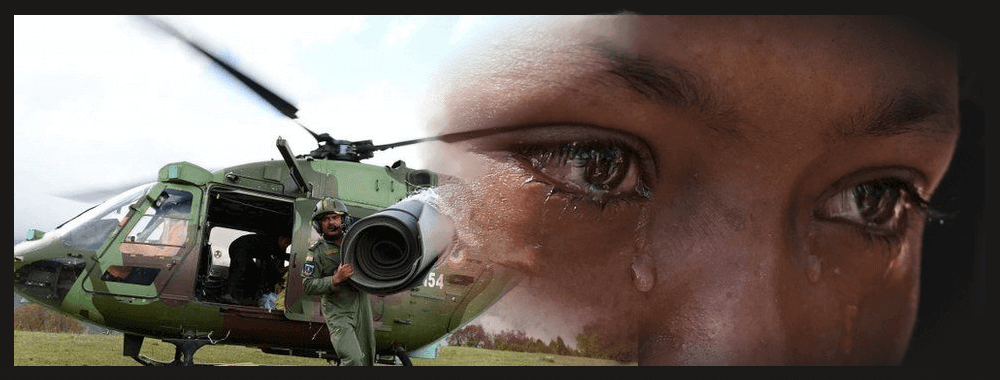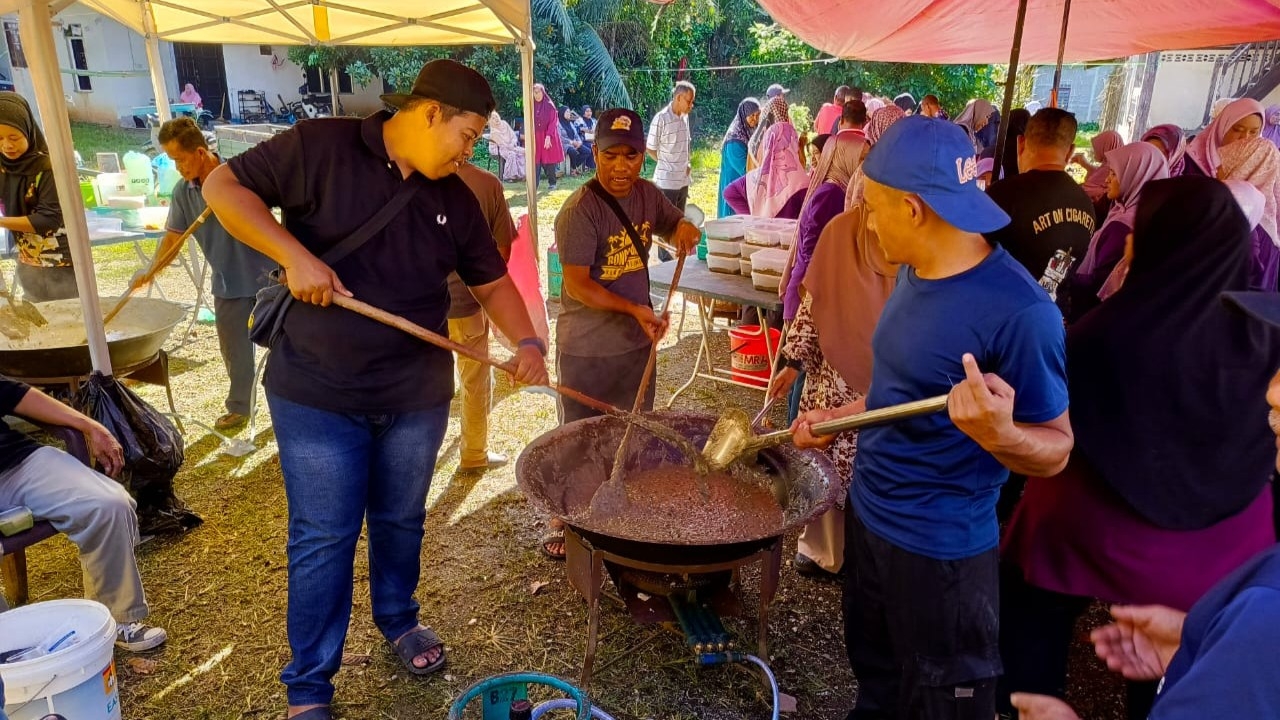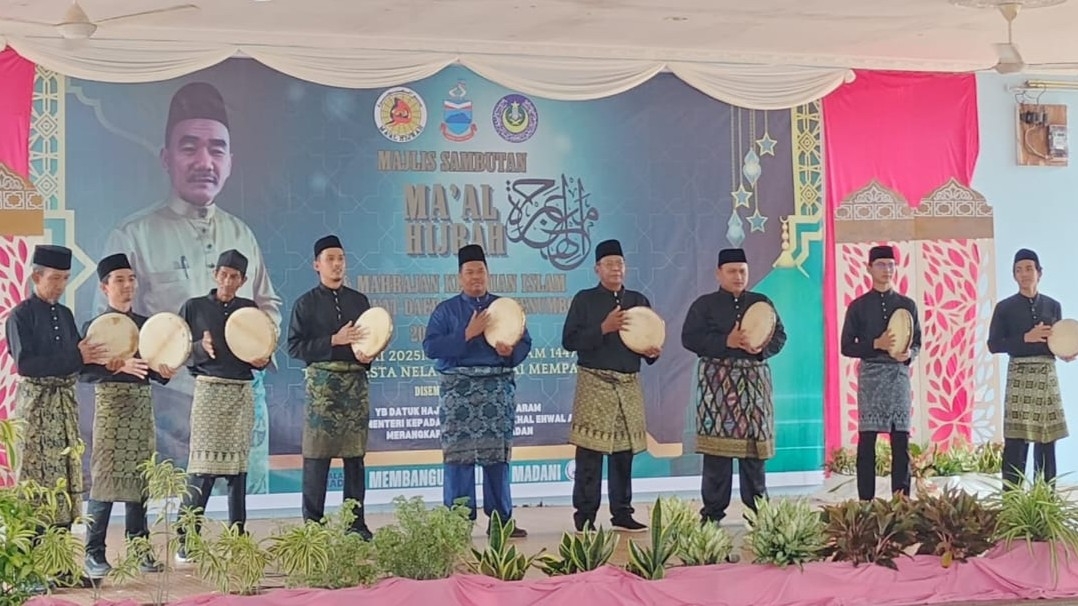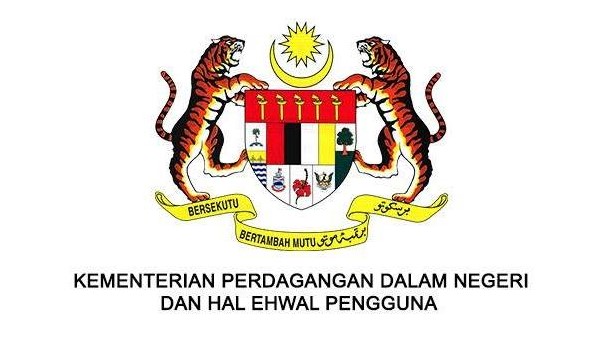
Towns and villages near the epicentre of Saturday’s earthquake in central Nepal have suffered “almost total devastation”, the Red Cross says.
Assessment teams say they have found survivors in a “desperate situation”.
Nepal says 6,204 people are known to have died in the 7.8-magnitude quake and 13,932 were injured.
But the fate of thousands more in many remote areas remains unknown and the government has warned that the death toll could rise to more than 10,000.
Although rescue teams from Nepal and the international community are operating in the capital Kathmandu and the surrounding area, landslides and poor weather have hampered efforts to reach isolated districts.
The home ministry says that 20 helicopters carrying relief have landed in the districts of Sindhupalchok, Dolakha, Rasuwa, Nuwakot, Dhading and Gorkha.
But correspondents say that there is a severe shortage of helicopters, and although China is expected to send more, Nepal has appealed to other countries for further aircraft.
On Thursday there was good news in the capital when a 15-year-old boy and a woman in her 20s were pulled from the wreckage of two collapsed buildings in Kathmandu.
But there has been growing anger at the government’s response to the disaster, with a number of protests breaking out.
The home ministry said on Friday that rescue and relief operations in Kathmandu would focus on devastated pockets of the city including the areas around the central bus terminal and around historic monuments – where there is a small chance people remain trapped in several collapsed tall buildings.
Searches will also be conducted for survivors around historic monuments in the ancient towns of Patan and Bhaktapur.
In a statement the International Federation of Red Cross and Red Crescent Societies (IFRC) said that Sindhupalchok, north-east of Kathmandu, stood out as one of the worst affected areas.
“One of our teams that returned from Chautara in Sindhupalchok district reported that 90% of the homes are destroyed,” said Jagan Chapagain, head of IFRC’s Asia Pacific division.
“The hospital has collapsed, and people are digging through the rubble with their hands in the hope that they might find family members who are still alive.”
He added: “We can expect the situation to be the same if not worse in many other places where aid has not yet been delivered.”
Up to 40,000 homes are believed to have been destroyed in Sindhupalchok, the IFRC said.
The World Health Organization estimated on Thursday that about 1,400 people had been killed there.
Shortages of food and water in the capital have forced thousands of workers to board buses and flee to their home towns and villages.
A lack of buses and the slow distribution of aid have led to clashes between protesters and riot police.
Aid officials say that in the months ahead Nepal faces challenges on numerous fronts in addition to the relief effort, including the reconstruction of collapsed latrines and the removal of the bodies of dead animals.
The UN has also warned of the challenges facing Nepal’s farming community, which comprises up to two-thirds of the country’s 27 million people.
It says that the quake destroyed seed stocks for the mid-May rice sowing season, as well as grains kept dry in stone storage huts that have now been razed to the ground.
If farmers miss this month’s planting season, they will be unable to harvest rice – Nepal’s staple food – until late 2016, the UN says.
— BBC/UN








